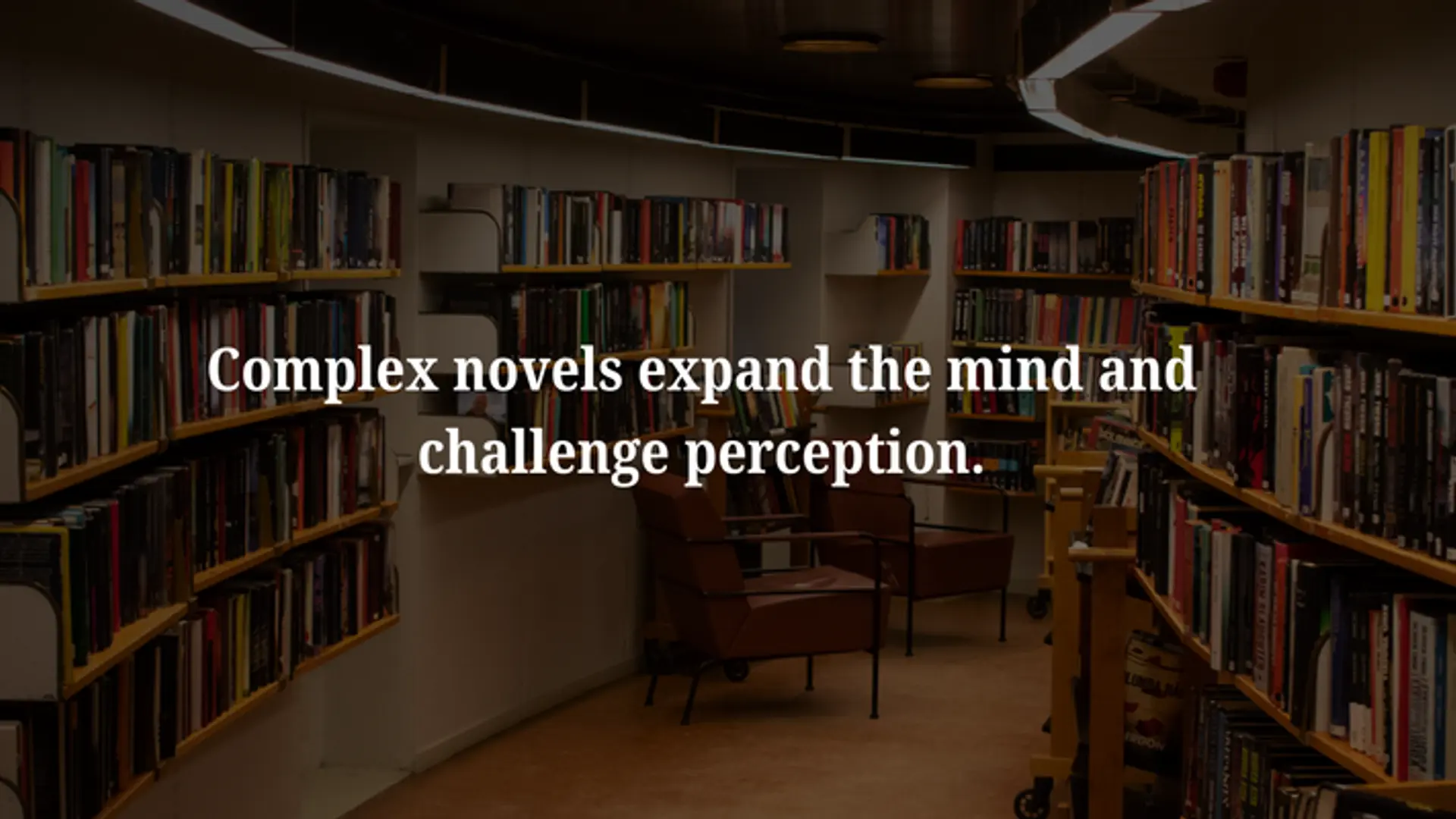New vs old: Who benefits out of the new Income Tax announcement?
While a majority of the middle class is said to benefit out of the new tax regime, it takes away all the exemptions on investments.
The last part of the Union Budget 2025 was something that the salaried class waited for—an Income Tax relief that exempts people who earn up to Rs 12.75 lakh per annum from paying any income tax from the upcoming fiscal. While this was cheered on by many, it looks like the new rates under the new tax regime may not be for everyone.
“There will be no income tax payable up to an income of Rs 12 lakh under the new regime,” Sitharaman said. Previously, under the new tax regime, this was applicable only for people who earned up to Rs 7.75 lakh per annum.
The new tax regime, which is likely to replace the old tax regime, does not allow any exemption on investment. However, this offers lower tax rates to a large number of people.
“The proportion of tax payers opting for this regime will go up further in the upcoming assessment period too,” said Sarthak Prashar, Associate Director, Grant Thornton Bharat.
According to Prashar, under the new slab rates, the tax paid by people earning up to Rs 24 lakh will go down significantly under the new tax regime, even if they are eligible for exemptions under the old tax regime.
Who picks what?
However, this does not mean that the new tax rates under the new regime works best for all taxpayers. Anyone who earns more than Rs 12.75 lakh per annum will have to pay personal income tax. “However, this depends on the exemptions they have, including their house rent and housing loans,” said Prashar.
For instance, someone who earns an income of Rs 13.5 lakh per annum may have to pay a lesser amount of money as income tax under the old regime, if their exemptions are above Rs 6.5 lakh. These could include their insurance, house rent, housing loan, education loan, school fees and investments. Their tax rates remain the same under both regimes, if their exemptions amount to Rs 5 lakh. If the exemptions amount to less than Rs 5 lakh, they will pay lesser tax under the new regime, according to the data shared with YourStory by income tax e-filing website ClearTax.
For anyone who earns more than Rs 24 lakh per annum, the old regime will be favourable if the exemptions amount to more than Rs 7.75 lakh per annum.

That being said, chances are high that the new tax rates will prompt a majority of taxpayers to opt for the new tax rates. This is because, the Periodic Labour Force Survey (PLFS) 2023-24 showed that the average income of a salaried person in India was Rs 20,039 in 2023.
New regime not for the rich
High net worth individuals (HNIs) may not find the new tax regime attractive, as the old one may help them save more taxes, owing to deductions. Grant Thornton’s data shows that someone who earns Rs 1.5 crore a year will have to pay taxes of Rs 40.09 lakh per annum under the old regime, with standard deductions and 80C exemptions. Under the new regime, this might be around Rs 48.52 lakh.
“For people in the higher income bracket, the new regime does not make sense if they are leveraged (that most high income individuals are),” says Aashish Suneja, the founder of Stealth Startup. “So while the number of income tax payers who opted for the new regime is higher, the proportion of income taxes paid by people in the old regime would be much higher as these individuals do earn higher,” he said.
The budget documents show that while 72% of the taxpayers opted for the new regime in FY24, the government was projected to have foregone Rs 2.2 lakh crore as part of exemptions and deductions to individual and Hindu Undivided Family (HUF) taxpayers. A major part of it—Rs 1.15 lakh crore—was owing to section 80C of the Income Tax Act, which can be claimed only under the old tax regime.
Edited by Jyoti Narayan







